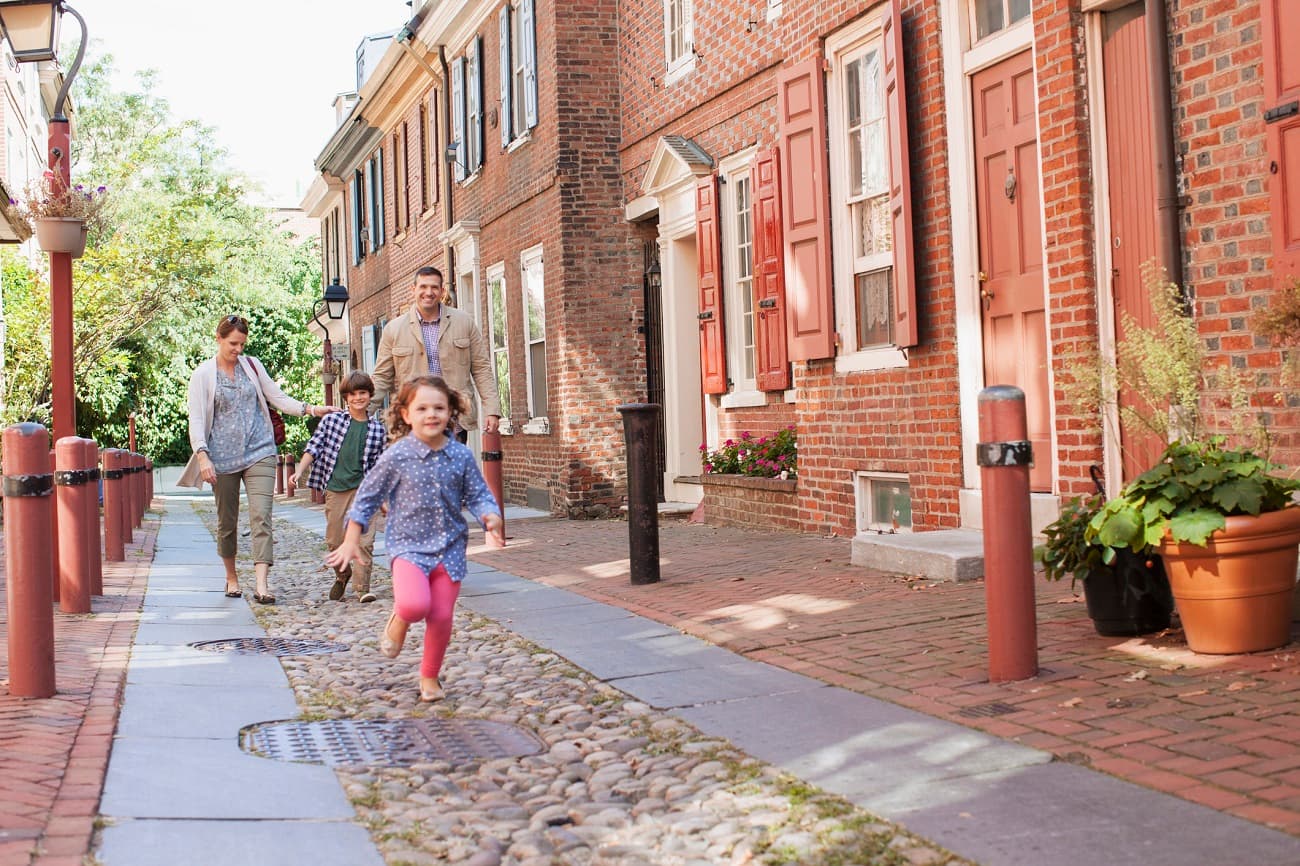Since the Great Recession, the real estate market has rebounded, and many areas of the country are experiencing increased property values. There have been structural transformations in the market as well, with apartment sales now the leading sub-type in the commercial sector, overtaking office building sales (traditionally the strongest commercial sub-type). More and more households are also electing to live in urbanized areas close to public transit and dense with retail and other commercial amenities. As of 2016, 81% of the country's population lives in Census-defined urban areas, up 4 percentage points from 2010.
Easy access to destinations and activities is an important factor in home-buying decisions. The real estate mantra "location, location, location" continues to be relevant post-recession. Businesses are recognizing the benefits of locating near public transit to attract employees and customers, and to save on parking costs. Certain types of retail establishments actively seek to capture the increasing pedestrian traffic near transit stations.
This is a joint report between NAR and APTA. This study compares the performance of residential and commercial property sales near fixed-guideway stations with areas without public transit access between 2012 and 2016 in seven regions: Boston; Eugene, Oregon; Hartford, Connecticut; Los Angeles; Minneapolis–St. Paul; Phoenix; and Seattle. These regions are served by public transit including rapid rail, commuter rail, and bus rapid transit (BRT), and represent small, medium, and large regions.
Previous Research
Transit-oriented developments within urban areas have become more desirable due to their accessibility to job centers, valued amenities and cost-of-living reductions. These neighborhoods are often more walkable, with more retail density and other amenities, and include a higher percentage of households with less reliance on vehicles. As more people look to reside in these transit-rich areas, the property market is healthy and competitive. A 2017 National Institute for Transportation and Communities report found that the average sales price of a home in Eugene increased by $1,128 for every 100 meters closer it was to a bus rapid transit station.
The 2008 economic downturn affected property values nationwide, but the 2013 American Public Transportation Association study showcased the lower impact of the real estate market crash on properties in proximity to transit. The report found that home values near transit enjoyed a premium for sales within a half-mile of fixed guideway station areas. These residential sales outperformed the region by 41.6%. Condominiums in transit sheds showed a particularly dramatic increase in average prices. While average property values decreased for all other residential property types, they held their value better in transit areas.

Increased development in the immediate vicinity of transit stations also increases demand for retail establishments, which results in premiums on commercial property values. In Dallas, retail property values increased by 12% around Dallas Area Rapid Transit (DART) stations, compared with 8% in comparable areas. Office properties witnessed significant price rises as well—29% compared with 6% in comparable areas.

The Metropolitan Council in the Minneapolis–St. Paul region completed an analysis of development along its two existing light rail corridors, along with two light rail corridors in progress. In looking at an area a half-mile radius around their stations, they found $8.4 billion in total development.
A report released by the Metropolitan Planning Council of Chicago has several relevant findings. First, it found that vacancy rates were an average of 2 percentage points lower than the regional average in locations within a half-mile of rail stations. Second, sales prices and asking rents were found to be 30% higher in areas closer to rail transit. The average commercial property in rail station areas is 16% more expensive than commercial properties away from transit, as reported by a meta-analysis. The study also found that the impact of station location on commercial properties decreases with distance. The authors concluded that several factors can affect property values near transit, such as property type, railway station type and demographic features.

Several studies have alluded to the role of increased property prices in displacement of residents, particularly in lower-income neighborhoods. Keith Wardrip proposes strategies to preserve affordable housing and prevent economic segregation. They include preserving existing affordable housing stock through public funds, inclusionary zoning, tax-increment financing and early-stage land acquisition. Public transit agencies have been experimenting with innovative techniques to preserve affordable housing in properties they own in transit station areas.
Data Sources
Residential & Commercial Sales Data (2012 and 2016)
Boston, Hartford, Los Angeles, Phoenix, Seattle: Recorder of deeds sales at point level from ATTOM Data Solutions
Eugene: Recorder of deeds sales at parcel level from Lane Council of Governments (residential only)
Minneapolis–St. Paul: Recorder of deeds sales at parcel level from Metropolitan Council (residential only)
Residential Rents (2012 and 2016)
Gross median rent values at the Census Block Group level for the years 2012 and 2016 were gathered from the American Community Survey (ACS) 5-Year Estimates. The 2012 value was then inflated using the national CPI (5.0 percent increase) to reflect the rent in 2016 dollars.
Transit Stations
Station locations were obtained from General Transit Feed Specification (GTFS) data from individual transit agencies. For routes that are not operational yet (Crenshaw Line in Los Angeles) the transit agency websites were consulted for station locations.
AllTransit™
The Center for Neighborhood Technology's AllTransit tool is a broad and comprehensive transit dataset in GTFS format assembled by CNT for fixed rail station areas; bus stops; and frequency for most scheduled bus, rail, and ferry service in metropolitan regions over 100,000 in population. The tool leverages this unique dataset, consisting of publicly available and internally compiled GTFS data, to report metrics about the functionality and value of transit, taking into account scheduled frequency and connectivity.
Housing & Transportation (H+T®) Affordability Index
The Center for Neighborhood Technology’s Housing + Transportation Affordability Index (H+T Index) is an innovative tool that measures the true affordability of housing by calculating the transportation costs associated with a home's location.
Geography Descriptions
Transit Zone
The transit zone or station area is the area encompassing a half-mile radius around a fixed guideway transit station location. A transit zone is calculated for each transit station; overlaps with other fixed guideway transit zones might occur.
Transit Shed
The transit shed is an aggregation of transit zones to create a single geographical unit. The transit shed eliminates double-counting in overlapping transit zones. Transit sheds are also created by transit mode and transit agency.
Non-Transit Areas
The geographical area within a region that falls outside the transit zones and transit sheds is the non-transit area. There is no fixed guideway transit station within a half-mile in the non-transit areas.
Region
Regions are Census-designated Metropolitan Statistical Areas, defined by the Census as a county, counties or equivalent entities associated with at least one urbanized core of at least 50,000 in population. Adjacent counties that have a high degree of social and economic integration with the core (as measured through commuting ties with the counties associated with the core) may also be included.











